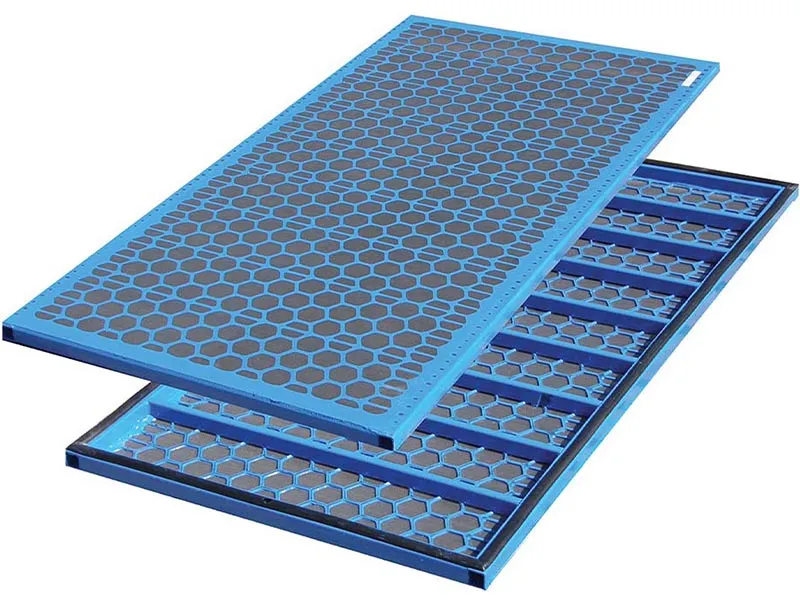- Industrial zone, South of Anping Town, Hengshui, Hebei, China.
- sales@hfpetromesh.com
- +86-18931809706
Industrial Walkway Grating Solutions for Enhanced Safety and Durability in Work Environments
Understanding Industrial Walkway Grating A Critical Safety Feature
In various industrial environments, safety and efficiency are paramount. One crucial component that ensures both of these factors is industrial walkway grating. This structural element is not merely a platform; it plays an essential role in enhancing safety, allowing for the effective movement of personnel and equipment while minimizing hazards related to slipping, tripping, and falling.
What is Industrial Walkway Grating?
Industrial walkway grating is a type of flooring system made from a series of parallel bars or grids that provide a robust surface for walking. Commonly constructed from materials like steel, fiberglass, or aluminum, these gratings allow for light and air passage while providing a solid footing. They can be found in various settings, such as factories, warehouses, power plants, and outdoor areas, where heavy equipment is utilized, or in locations that are prone to liquids or debris.
Safety and Functionality
One of the primary functions of walkway grating is to enhance safety. Industrial environments can often present slippery surfaces due to spills or other hazardous materials. The design of walkway grating incorporates features that significantly reduce the risk of slips and falls. Many grating systems are equipped with serrated edges or anti-slip surfaces that provide additional traction.
Furthermore, the open design of grating allows for water, grease, and other liquids to drain away quickly, reducing the build-up of dangerous slick spots. By minimizing these risks, industrial walkway grating protects employees, thereby promoting a safer working environment.
Durability and Maintenance
industrial walkway grating

Industrial walkway grating is designed to endure the hefty demands of an industrial setting. Its construction materials are selected for their strength and resilience, capable of withstanding heavy loads and resisting corrosion, especially in environments exposed to harsh chemicals or extreme weather conditions. Fiberglass grating, for instance, offers excellent resistance to rust and is non-conductive, making it suitable for electrical applications.
Additionally, maintenance of these systems is typically straightforward. Regular cleaning to remove debris and assessing any wear and tear are usually sufficient to ensure their longevity. With proper care, walkway grating can last for many years, making it a wise investment for industrial facilities.
Customizability and Versatility
One of the great advantages of industrial walkway grating is its ability to be customized to fit specific needs. Grating can be manufactured in various sizes, spacing, and load ratings to cater to different applications. This flexibility allows businesses to choose a grating solution that meets their unique demands, whether for pedestrian walkways, loading docks, or as part of intricate support systems for machinery.
Moreover, it can be integrated into larger industrial designs, such as elevated platforms and stairways, ensuring that safety and efficiency are prioritized throughout the entire facility. Whether in a manufacturing plant, a chemical facility, or a commercial kitchen, customized walkway grating solutions can accommodate various shapes and load requirements, thereby enhancing the overall functionality of the space.
Conclusion
In conclusion, industrial walkway grating is an essential aspect of safety and efficiency in any industrial setting. By offering a durable, customizable, and effective solution for pedestrian movement, these grating systems help to mitigate risks associated with slips, trips, and falls while maintaining the integrity of the workspace. Investing in quality walkway grating not only protects employees but also promotes a culture of safety and responsibility in the workplace, ultimately contributing to better productivity and morale. As industries continue to evolve, the importance of reliable and effective safety solutions like industrial walkway grating will only grow more critical.
-
The Power of Pyramid Shaker Screen - A 3-Dimensional SolutionNewsOct.24,2024
-
Exploring the Versatility and Durability of Steel GratingNewsOct.24,2024
-
Revolutionizing Drilling Efficiency with Steel Frame Shaker Screens for Mud Shale ShakersNewsOct.24,2024
-
Potential of Shale Shaker ScreensNewsOct.24,2024
-
Offshore Pipeline Counterweight Welded Mesh - Reinforced Mesh in Marine EngineeringNewsOct.24,2024
-
Revolutionizing Offshore Pipeline Stability with Concrete Weight Coating MeshNewsOct.24,2024
